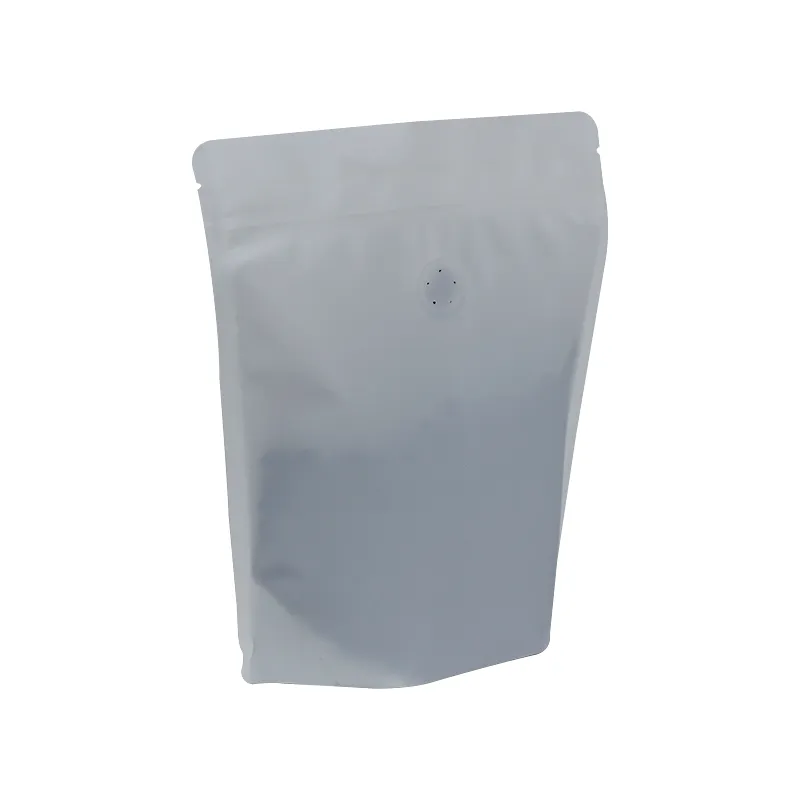- Afrikaans
- Albanian
- Amharic
- Arabic
- Armenian
- Azerbaijani
- Basque
- Belarusian
- Bengali
- Bosnian
- Bulgarian
- Catalan
- Cebuano
- chinese_simplified
- chinese_traditional
- Corsican
- Croatian
- Czech
- Danish
- Dutch
- English
- Esperanto
- Estonian
- Finnish
- French
- Frisian
- Galician
- Georgian
- German
- Greek
- Gujarati
- haitian_creole
- hausa
- hawaiian
- Hebrew
- Hindi
- Miao
- Hungarian
- Icelandic
- igbo
- Indonesian
- irish
- Italian
- Japanese
- Javanese
- Kannada
- kazakh
- Khmer
- Rwandese
- Korean
- Kurdish
- Kyrgyz
- Lao
- Latin
- Latvian
- Lithuanian
- Luxembourgish
- Macedonian
- Malgashi
- Malay
- Malayalam
- Maltese
- Maori
- Marathi
- Mongolian
- Myanmar
- Nepali
- Norwegian
- Norwegian
- Occitan
- Pashto
- Persian
- Polish
- Portuguese
- Punjabi
- Romanian
- Russian
- Samoan
- scottish-gaelic
- Serbian
- Sesotho
- Shona
- Sindhi
- Sinhala
- Slovak
- Slovenian
- Somali
- Spanish
- Sundanese
- Swahili
- Swedish
- Tagalog
- Tajik
- Tamil
- Tatar
- Telugu
- Thai
- Turkish
- Turkmen
- Ukrainian
- Urdu
- Uighur
- Uzbek
- Vietnamese
- Welsh
- Bantu
- Yiddish
- Yoruba
- Zulu
primary secondary tertiary packaging
Understanding Primary, Secondary, and Tertiary Packaging Their Roles and Importance
In the world of product packaging, the terms primary, secondary, and tertiary packaging are often used to categorize different layers of packaging that serve various functions. Each type of packaging plays a crucial role in the supply chain, influencing product safety, branding, and environmental impact. Understanding these three packaging categories is essential for manufacturers, retailers, and consumers alike.
Primary Packaging
Primary packaging is the first layer of packaging that directly contains the product. It is designed to hold the item and provide protection against physical damage, contamination, and environmental factors. Examples of primary packaging include bottles, cans, boxes, and blister packs. For many products, especially in the food and pharmaceutical industries, primary packaging also plays a significant role in ensuring the product's integrity and freshness.
One of the most critical aspects of primary packaging is its compliance with safety standards and regulations. For example, in the food industry, primary packaging materials must be non-toxic and safe for direct contact with food. In pharmaceuticals, primary packaging must often include features that prevent tampering and ensure dosage accuracy.
Furthermore, primary packaging is essential for marketing purposes. It serves as the first point of interaction between the consumer and the product. Attractive and functional design can significantly influence purchasing decisions. Brands invest in eye-catching graphics and unique shapes to stand out on crowded shelves, making primary packaging a vital aspect of brand identity.
Secondary Packaging
Secondary packaging refers to the layer of packaging that groups together multiple primary packages. It serves several important functions, primarily related to branding, storage, and transportation. Examples of secondary packaging include cardboard boxes, shrink wrap, and multipacks. While secondary packaging does not often come into direct contact with the product, it plays a vital role in the distribution chain.
primary secondary tertiary packaging

One of the main functions of secondary packaging is to protect primary packages during transportation and handling. It helps prevent breakage and ensures that products arrive at their destination in good condition. Additionally, secondary packaging can facilitate the organization of products in retail spaces. For example, a secondary box containing multiple bottles of a beverage can be easily shelved and stocked.
Secondary packaging also acts as a branding tool. It can carry promotional information and artwork that complements the primary packaging. This creates a cohesive brand image and provides consumers with important information regarding the product, such as nutritional facts, instructions, and marketing messages.
Tertiary Packaging
Tertiary packaging is the outermost layer of packaging used in the logistics and distribution processes. Its primary purpose is to protect products during shipping and storage. Tertiary packaging is commonly seen in the form of pallets, containers, and large boxes that hold multiple secondary packages. This layer of packaging is crucial for maintaining product integrity across long distances and various handling scenarios.
The importance of tertiary packaging can be seen in its efficiency benefits. It allows for bulk transportation, which reduces shipping costs and minimizes environmental impact by optimizing space during transport. Additionally, advances in sustainable packaging materials have led to innovations in tertiary packaging that help reduce waste, making it an increasingly eco-friendly option.
Tertiary packaging also plays a role in inventory management. Proper labeling and barcoding on tertiary packages facilitate tracking and managing stock levels. This efficiency is crucial for large retailers and manufacturers, who must keep detailed oversight of their product distribution and stock.
Conclusion
Each layer of packaging—primary, secondary, and tertiary—serves its unique purpose while contributing to the overall success of a product in the market. Primary packaging ensures product safety and marketing prowess, secondary packaging enhances logistical efficiency and branding, and tertiary packaging facilitates bulk handling and inventory management. Understanding these packaging types allows manufacturers and retailers to optimize their operations, reduce environmental impact, and enhance the consumer experience. As packaging technology continues to evolve, the importance of each layer in addressing both consumer needs and sustainability will only grow.













